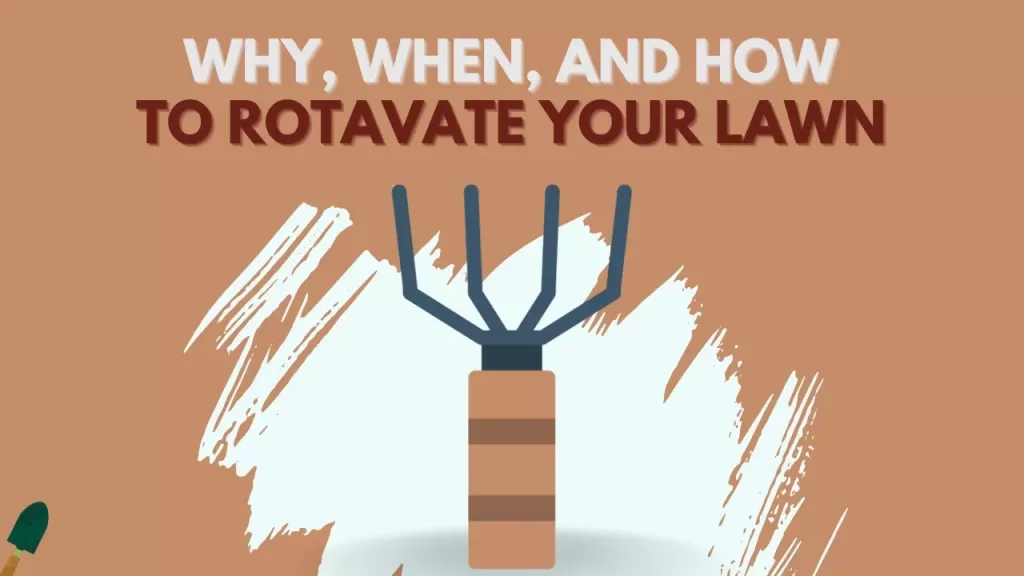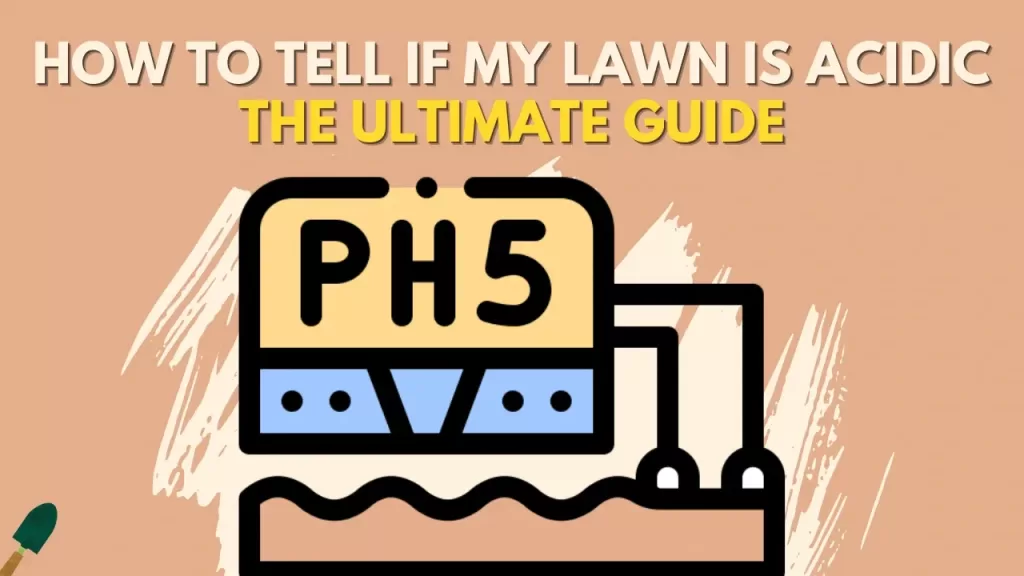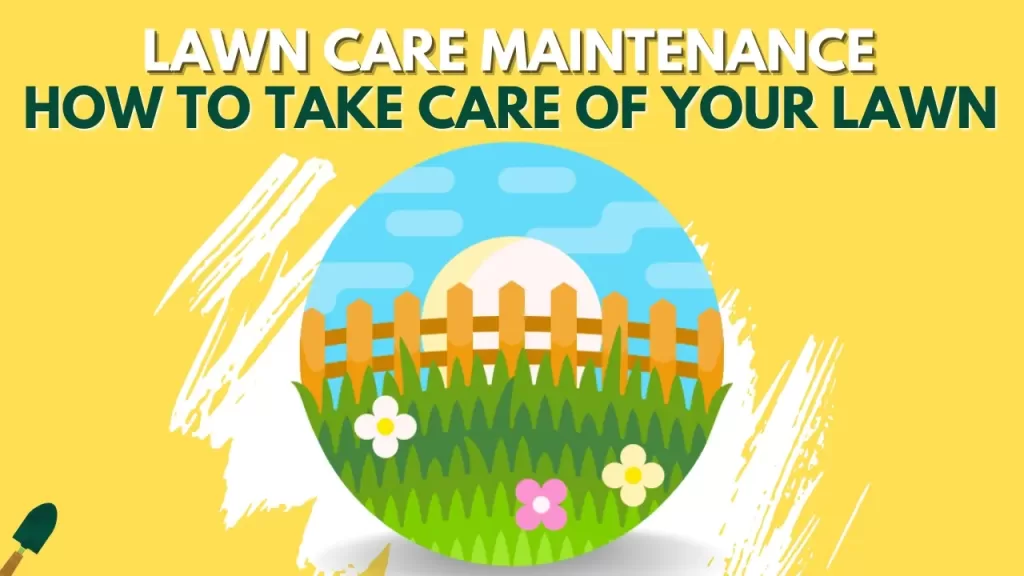Maintaining or rebuilding the lawn or garden is a very big task and to do it properly, to give the plants and grass a healthy environment is very crucial. One such process of starting the new lawn or garden is rotavating the soil.
Rotavating is a process of breaking up the compaction and leveling the top layer of the soil with the help of a rotavator or by a fork and loosening it up for the new sod, grass seed, or plant seed to have better drainage and good root development.
Now you know about Rotavating but there’s is more to it so let’s talk about that in detail:
What is rotavating?
Rotavating is a simple process of disturbing the top 5 to 6 inches of the soil and breaking it up. If you have an old lawn or garden then you will notice that a top layer would be hard and compacted due to excessive footsteps or other activities.
The compaction can happen over time due to thatch buildup as well. To remove the compaction and make the soil loose, the rotavation is done on the lawn.
In rotavation process is done initially at the starting of a new lawn or garden as it breaks down the top layer and the grass or plants with it and there is no chance for the turf to survive it. After the rotavation, new plant seeds or sod are laid on top of the soil.
When to rotavate your lawn and garden?
The rotavation of the lawn is done when you are scrapping an old lawn and laying new sod or planting new seeds. This is the best time to do rotavation as it breaks up the top surface of the lawn and can’t be done on an established lawn or it will destroy the whole lawn.
If you are thinking of the best time of the year, then the best time to rotavate the lawn is after the last frost or the early spring as, after the rotavation, it will be a great time for the new seeds or sod to grow in the lawn or garden.
Why is rotavation good for the lawn?
The rotavation of the soil is done to make the soil loose and healthy for the new sod or for the new seeds to get established easily. Rotavating is also very good to have good drainage in the lawn.
If the lawn has bumps or patches where water gets pooled then Rotavating is done to remove the bumps or patches and level the lawn to make it flat and clean.
Another reason for Rotavating the lawn is because the new grass or seeds need loose soil and space for the roots to develop. If the soil is compacted and hard, then the roots won’t be able to grow in the soil and the grass will stay weak and vulnerable to drought and diseases.
How to rotavate the lawn and garden?
Rotavating can be done in two ways – Manually or mechanically. We will talk about both methods in detail. But before rotavating your lawn or garden, you need to check the soil.
If the soil is dry and compacted it can be very difficult for you to rotavate it manually as well as the machine will also find it very hard.
On the other hand, if the soil is really wet, it will form clumps and make it very difficult for you to work on it.
So check the moisture of the soil and if it’s really dry and compacted, water it thoroughly to soften it up and let it dry for 3-4 days. If the soil is already wet then let it dry.
Check the soil before rotavating by digging a small hole around 6 inches. Take soil and rub it between your thumb and index finger.
If the soil crumbles and falls easily then it is perfect for rotavating but if it dents in your hand rather than crumbling and falling then it is still wet to rotavate.
Manual
Manually Rotavating the lawn can be very tough and can take a lot of time to do it. To rotavate manually, you first need a fork with sharp teeth which can easily go through the soil, at least 5-6 inches.
Take the fork and press it into the soil you need to fully press it with the help of a leg if needed and then pull it up at a 45-degree angle so that it lifts the soil with it. This is the process you need to do on every part of the lawn to make it loosen up.
Keep in mind, the soil you pull up can also be compact and you need to break it up with the help of a fork or your hands to make it like sand.
Mechanical
Mechanical rotavating is very easy and can take less time than manual but it is expensive as you will need a rotavator. A rotavator has a couple of blades attached to its bottom which spins and digs up the soil. The blades can be adjusted and can dig up to 10 inches deep.
Because of the fast rotation and sharpness of the blades they can not only dig but will also break up the large chunk of the soil into small pieces making you work very easy.
To use the rotavator, you need to first crank up the engine. The rotavator machine is not like a push mower which needs to be pushed by hand as it can move forward.
You just need to adjust the speed of the rotation and then there is a clutch on the handle which lets you control the rotavator.
Start the rotavating from one side of the lawn and move it in a line until you cover the whole lawn. You can do the rotavation 2-3 times until the whole lawn is perfectly loosened up and there are no bumps and patches.
After the rotavation process is completed, rake the whole lawn to remove any pebbles, big stones, or any debris and level it out with the help of a roller to make it flat and even.
Can you Rotavate an existing lawn?
No, you can’t rotavate an existing lawn. If you rotavate an existing lawn, it will pull up the grass from the soil and destroy it and there is no chance for the grass to survive after that.
That’s why the rotavation is always done before starting a new lawn or garden as it can’t happen after that.
Hope you find out all the answers about rotavating your lawn. Get Set Gardening!





